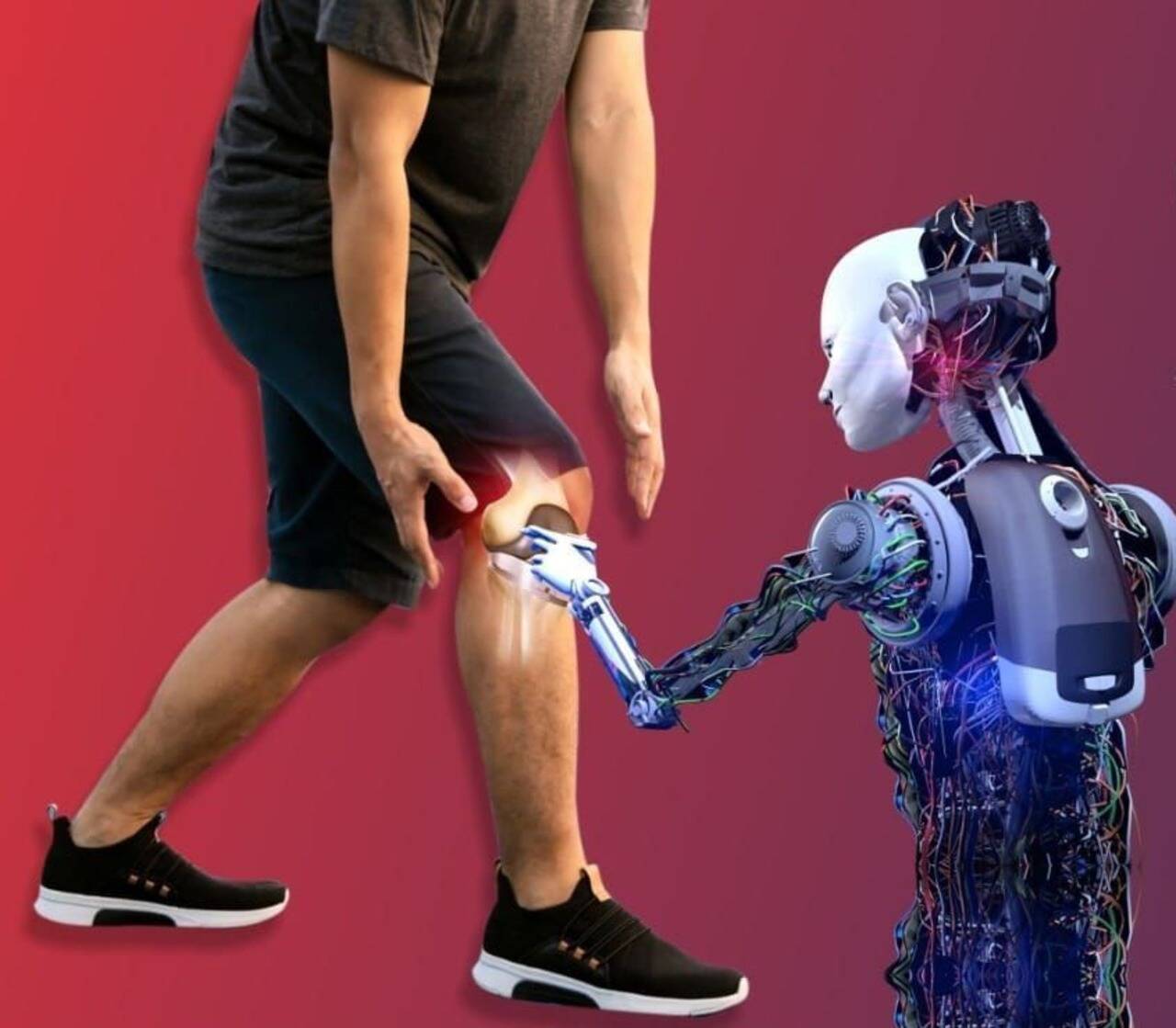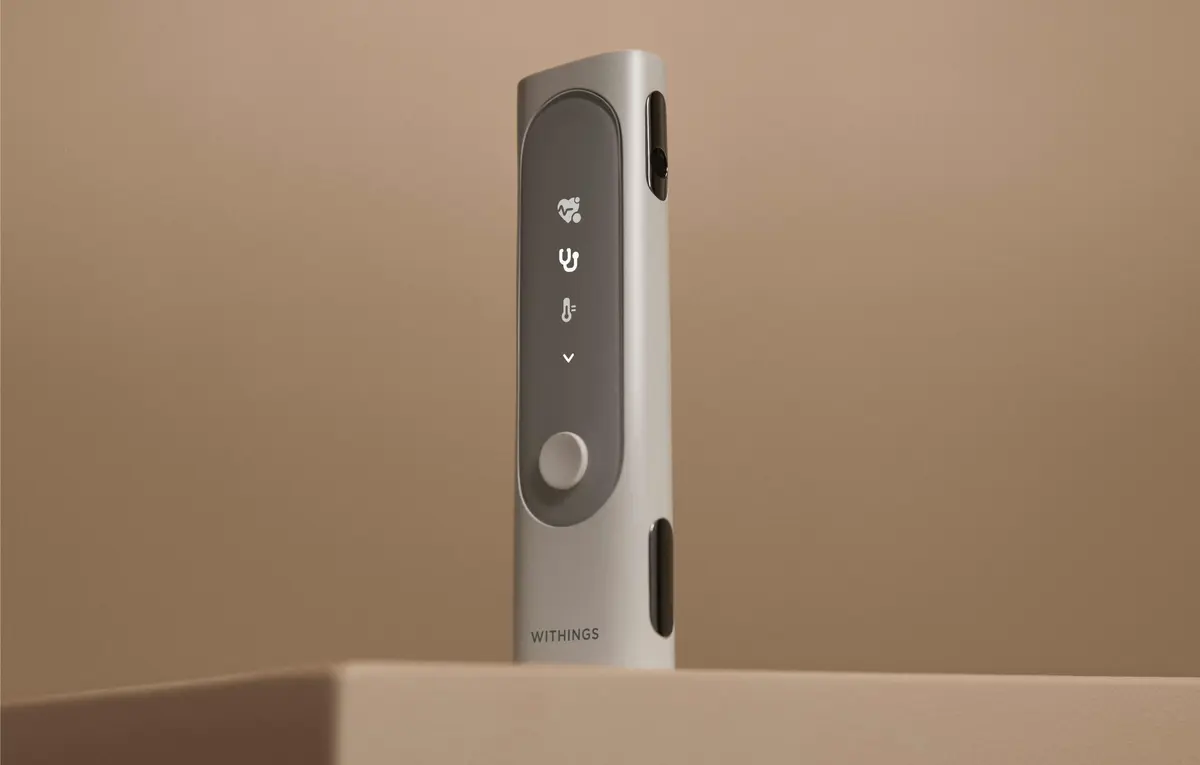It’s no secret that robotic surgery has become more popular in recent years. One of the most exciting advancements in orthopedic surgery is the advent of robotic-assisted knee replacement procedures. However, there are some advantages and disadvantages to consider with a robotic knee replacement.
It’s worth stressing; however, that technological advancement will only partially replace the expertise and presence of a board-certified orthopedic surgeon. The robotic arms used in robotic surgery do not carry out the procedure independently but rather aid the human surgeon. The robotic system can only process information that human operators have carefully input.
Only some people who need a knee replacement are candidates for robotic surgery.
What Is Robotic Knee Replacement Surgery?
A 3D computer model of the patient’s knee maps the procedure before robotic-assisted knee replacement surgery. The surgeon uses the computer to direct a robotic arm as it replaces a worn-out knee component.
We may replace the diseased part of the knee with a healthy one using a computer-controlled robotic arm without causing any harm to the healthy bone or surrounding tissues. After the joint has been numbed, an implant is inserted and fixed inside it so the patient may start moving and using it again. What are the advantages and disadvantages of robotic knee replacement? Let’s discuss it:
Advantages Of Robotic Knee Replacement
This innovative approach improves the patient’s treatment and rehabilitation processes in several ways. Here are various benefits of robotic knee surgery:
- With this procedure, the patient has a better chance of seeing long-term benefits to knee function.
- It’s safer and less likely to damage the soft tissues and bones around the implant.
- Because fewer incisions are used, the patient has less pain and a quicker recovery after surgery.
- Increased precision in implant placement means patients report feeling more at home in their new joints following surgery.
- A personalized surgical strategy is essential for successful implant placement during this procedure.
- Compared to traditional prosthetics, this one has a lower chance of problems following implantation.
- This cutting-edge device records the individual’s patterns of normal joint motion and reduces unnecessary tension on the associated tendons, ligaments, and muscles. Because of this, the joint will be able to move normally once the implant has been placed.
- There is a lower risk of implant failure and even less of a need for a revision treatment when this method is used, and recovery time is often shorter.
Learn more about what exercises are better for your bad knee pain.
Disadvantages Of Robotic Knee Replacement
Although the benefits of robotic complete knee replacement surgery sound appealing at first glance, it is important to remember that this is still a relatively young area of medical science. That means it can’t be called a secure option, pending the results of longer-term research and implementations. This comprises not just studies but also cutting-edge tools and training.
- It’s well known that Robotic Total Knee Replacement surgery takes a little longer than conventional methods.
- Knowing what the robotic arms depend on is key to understanding how they work. The robotic arms’ quality depends on the information they are given: all the scans, all the cuts, all the time. Scans must always be of the greatest quality, and all necessary equipment maintenance resources must be available and operational.
- Furthermore, robotic surgery may only sometimes result in a more comfortable experience for the patient. It could hurt more if the data is incomplete or inaccurate. In traditional surgery, the incision depth is decided by the surgeon’s judgment and the patient’s condition.
- In a total knee replacement, a robot’s primary function is to make precise incisions in the patient’s knee bone. The surgeon may then remove the fragmented bone, precisely position the implant, and sew the wound in less time and with more precision.
- The cost of the technique is higher than that of a conventional complete joint replacement operation. Inputs and maintenance are also significant contributors to the total cost, as are the equipment cost and the time and money required to educate workers and provide necessary support resources.
Although an experienced orthopedic surgeon is the best person to advise on the required surgery, it is ultimately up to the patient to choose between Robotic and Traditional Knee Replacement.
Problems With Robotic Knee Surgery
Pin-hole fractures, pin-related infections, iatrogenic soft tissue and bone injuries, and excessive blood loss were all side effects of the robotic system. However, there were several drawbacks, such as a longer operational time, greater intraoperative cost, a steeper learning curve, and the possibility of abandoning a robotic TKA for various reasons.
Robotic Knee Replacement Cost
Private or commercial payers often cover the full cost of TKA operations, projected to be between $12,380 and $16,094 if covered by government-sponsored insurance. By 2030, younger patients will account for around half of all TKAs. 9 By the year 2030, the number of TKA procedures will have surpassed 1 million yearly. TKA involves removing damaged cartilage and articular surfaces from the knee and replacing them with artificial metal and plastic parts. Patients who are good candidates for the surgery report considerable pain reduction, increased mobility, and enhanced well-being.
Robotic Knee Replacement Vs. Traditional
The outcomes of robotic knee replacement surgery have proven superior to those of conventional knee replacement. Robotic surgery has been demonstrated in studies to have better outcomes. With robotic aid, surgeons may be more precise, resulting in less damage to bone and tissue.
When compared to traditional knee replacement, how effective is robotic knee replacement?
But now that robotic knee surgery is available, the success rate is about one hundred percent. In addition to a quicker recovery time, laparoscopic surgery has a longer shelf life for its positive benefits.
After having a robotic knee replacement, how long does it take to recover?
Robotic-assisted total knee replacement is less intrusive than traditional methods, so many patients may avoid a hospital stay and return home soon after surgery. It might take six weeks to feel back to normal after returning home. Exercises and other PT-related activities will fill this time.
How long does robotic knee surgery take?
The time required for a complete robotic knee replacement is about 1 hour. However, this may vary with the severity of the patient’s condition.
Conclusion
The robotic knee replacement may seem like a far-off dream, but it is a reality today. The use of robotics in surgery has become more common, with surgeons turning to machines to help with delicate operations like knee replacements that need very precise motions. Some people are nervous about the prospect of having robotic knee replacement surgery. They have concerns about their well-being and the potential dangers of the operation. There are several advantages and disadvantages of robotic knee replacement for patients when they choose it.




